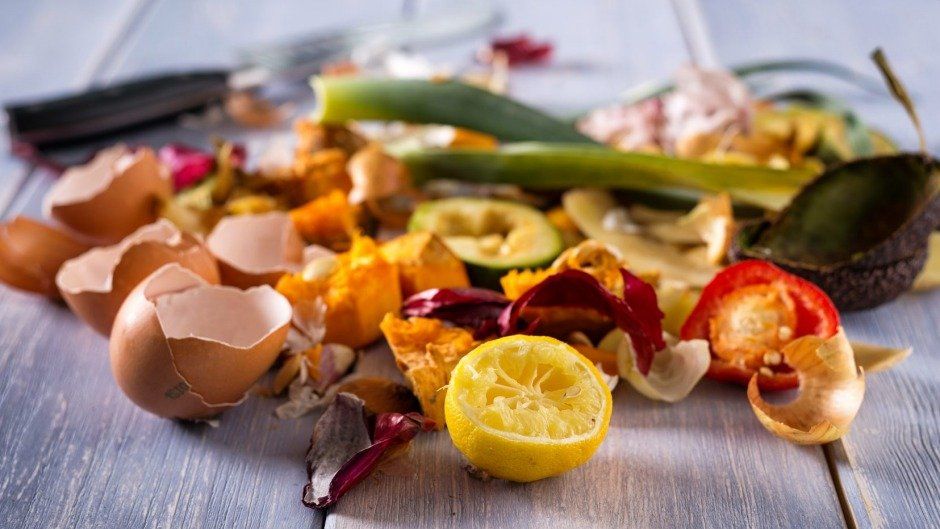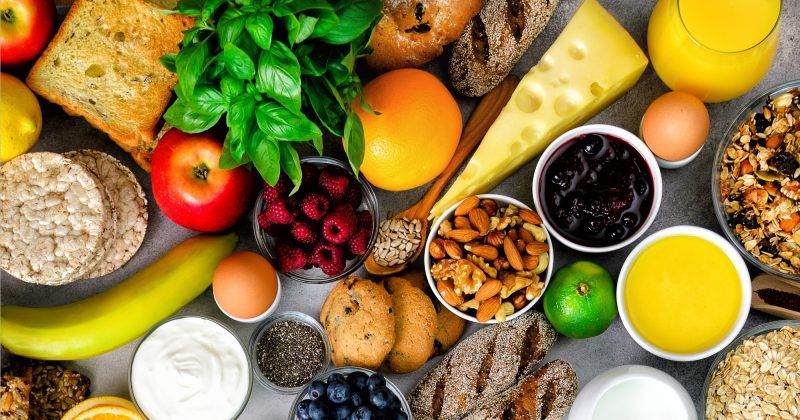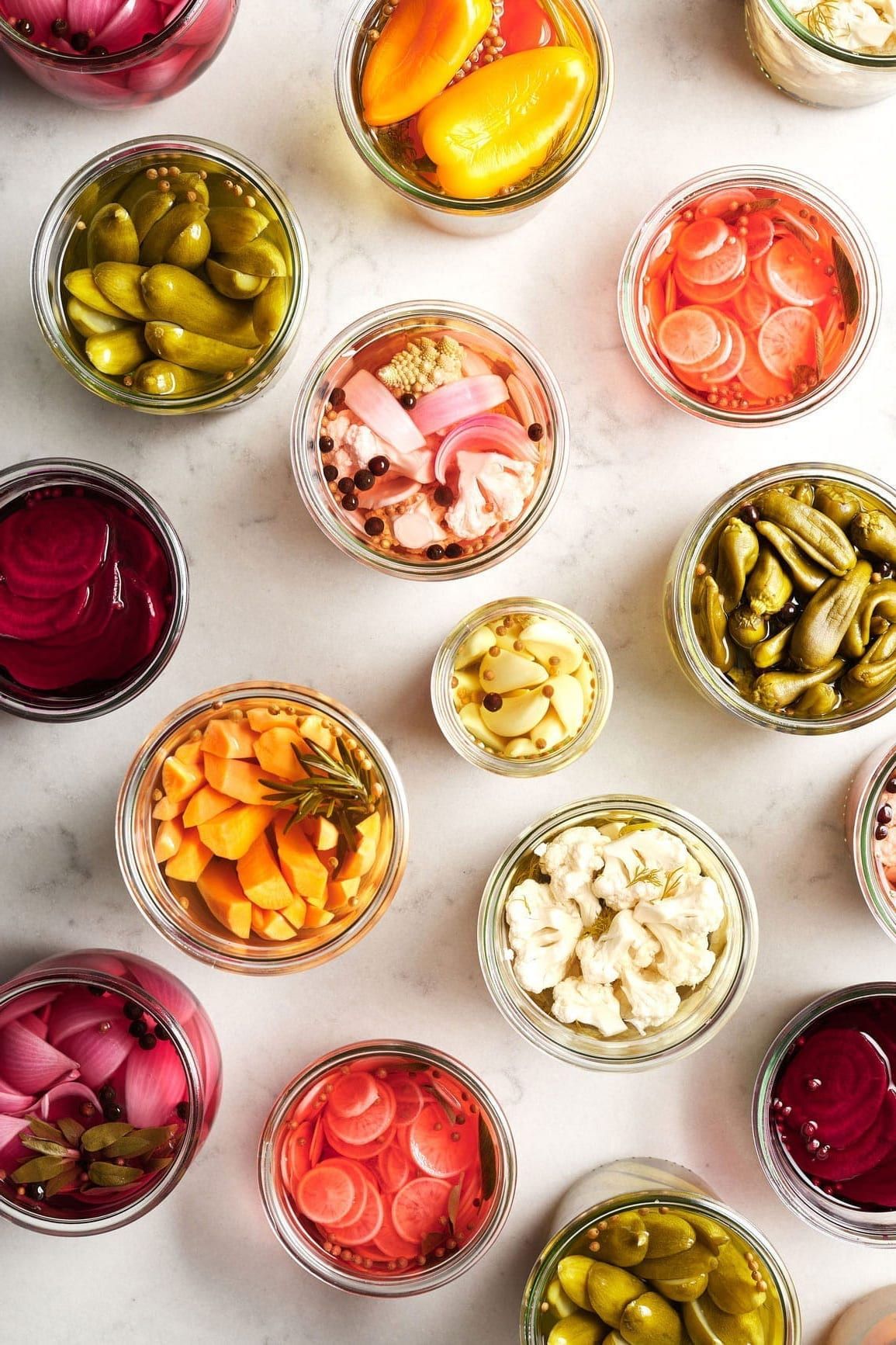Food Waste
- By florian.glinserer
- •
- 29 May, 2019
- •
The costs and hazards of food waste

In Australia: The Government estimates food waste costs the Australian economy $20 billion each year. Over 5 million tonnes of food ends up as landfill, enough to fill 9,000 Olympic sized swimming pools.
- 35% of the average household bin is food waste.
- Nearly four million people experience food insecurity each year, one quarter are children.
- Over 710,000 people rely on food relief each month, one quarter are children.
- Regional and remote communities are being hit the hardest and are a third more likely to experience food insecurity than those living in capital cities.
- $3,800 worth of groceries per household each year goes in the bin.
Australians throw away $8 billion worth of edible food (up to 20 per cent of our groceries) every year, often because we buy too much or aren’t sure what to do with leftovers. Try these simple ways to reduce your household food waste and you’ll also save time and money.
1. Take a shopping list
It seems like a no-brainer, but planning meals in advance is the easiest way to avoid buying items you don’t need and won’t use. Take a look in your fridge and pantry before leaving home and write a shopping list so you don’t end up with three cabbages in the crisper. The best tip to avoid impulse purchases? Don’t go shopping on an empty stomach!
2. Buy less groceries more frequently
If you can, try to replenish fresh produce and other perishables every few days rather than buying a week’s worth in the hope that you’ll use everything. The fruit and veggies will be fresher and you won’t be tempted to make enormous portions that will be binned later. Choose quality (fresh, organic, fair trade, unprocessed) over quantity and your meals will be tastier for it.
3. Cook only what you need
An effective way to reduce food waste (and the waistline) is to reduce portion sizes, so cook only what is required rather than cooking enough pasta to feed an army. Wait 15 minutes to see if you are still hungry before heading back to the kitchen – you might be surprised at how full you feel.
4. Store food better
Correct storage can add days, weeks and even months to your food. Make sure dry goods are stored in air-tight containers to avoid moisture and weevils, freeze leftovers and remember that not all fruit and veg should be stored in the fridge – sometimes it will make them go off quicker. Correct use of your fridges compartment will help to reduce food waste. Glass is the best storage system as it won't taint the food with any unwanted taste.
5. Understand expiration dates
Knowing what is meant by ‘best-before’ and ‘use-by’ could mean the difference between emptying the contents of your fridge to make a delicious dinner and throwing away a fridge full of perfectly edible food. Check whether food looks, smells and tastes ok – if it does then it’s usually fine to eat – and rotate older ingredients to the front so that it’s not forgotten.
6. Make leftovers your friend
Leftovers contribute over a quarter of food waste but there are plenty of creative uses for them. A good tip is to make stock and minestrone. Anytime you have leftover vegetable trimmings like leek, carrot, tomato or parsley stalks place them in a zip lock bag in the freezer, add to the bag any time and eventually you can make a veggie stock. Freezing the carcass or bones to make a stock from bones is another great way to reduce food waste.
7. Grow your own herbs
Herbs can make almost any dish tastier, however they can be expensive to buy and a lot of the time we only use half of what we buy while the rest goes limp. A simple herb garden in the kitchen means you will always have a fresh supply on hand and can snip the perfect amount for your dish – start with rosemary, parsley, mint, basil and chilli and see how much money you save!
8. Freeze for later
Frozen food gets a bad rap, however the problem isn’t in the freezing but in the quality of the produce. Travis suggests freezing peeled chopped banana for smoothies, or leaving them whole with the skin on for banana bread. Freeze juice in ice cube trays and then containerise for easy access.
9. Compost the scraps
Keep a small bin in the kitchen for food scraps and a compost bin or worm farm outside, this will help waste break down faster and can then be used to fertilise your garden.
10. Preserve seasonal produce
You can fake this over abundance too, sometimes accidentally. Cooking with a new bounty of produce each season is exciting, however it can be hard to use up all the excess before it turns bad. Preserving is a great way to enhance flavour to in-season fruit and vegetables by adding salt, vinegar and spices, making it possible to enjoy your favourite foods year-round. Purchase a food dehydrator, rice cooker or slow cooker to help with the preserving of excess food. Make sure to collect glass jars or bottles for storage.
What happens to food waste that ends up in the bin
Food waste in household waste bins ends up in landfill
where it breaks down, producing the harmful greenhouse gas methane. Residents may be able to contact their local Council for workshops and ideas about composting food waste. The federal, state and territory governments, primary producers, distributors, manufacturers and academics institutions of Australia are;
1. Supporting efficiency and innovation in agriculture
In Australia food that does not make it to the consumer can result from weather, pest and diseases or not meeting market specifications. Some businesses have identified opportunities to use unwanted produce—for example, turning broken or bent carrots into packaged carrot sticks for sale in supermarkets.
2. Assessing food ordering, transport and storage practices
Food and grocery retailers are assessing their supply chains to maximise the shelf life of food and to improve their ordering systems so that the food ordered accurately reflects demand.
Households should consider the food they buy and how they store it. They should only buy what is needed and use ‘best before’ and ‘use by’ dates effectively.
3. Using packaging effectively and sustainably
Effective use of packaging can increase the shelf-life of food products but it can also make food waste unsustainable for composting if it is not disposed of separately. The Australian Government partners with other jurisdictions and industry through the Australian Packaging Covenant to improve packaging design and increase the recycling of packaging.
4. Encouraging partnerships between food and grocery retailers and charitable organisations
Major food and grocery retailers in Australia have partnered with food recovery organisations and committed to reducing the amount of food waste that goes to landfill. This means retailers can meet their food waste reduction goals and also help charities to alleviate poverty and reduce food insecurity.
5. Conducting household education and community initiatives
A number of state and territory governments have invested in public education campaigns to reduce food waste. Some local councils are also encouraging home composting by providing their residents with home compost bins or offering a rebate on composting equipment.
6. Diverting food waste from the commercial food sector
Queensland, Western Australia and South Australia have piloted programs to turn food waste from commercial kitchens into compost or fertiliser. Businesses save money because they no longer have to pay landfill fees. Tools for businesses to self-assess their food waste practices have also been developed, including the Royal Melbourne Institute of Technology’s DIRECT, the ‘Dynamic Resource Efficiency Calculation Tool’.
7. Investing in alternative treatment technology and infrastructure
A number of states are upgrading their waste treatment infrastructure, particularly for organic waste. For example, in May 2017 a large scale biodigester was opened in Western Australia to treat food waste, generate electricity and produce compost for agricultural uses. These investments are often funded through landfill levies.
8. Finding incentives for alternatives to disposing of food waste in landfill
Because landfill is relatively cheap in Australia compared to other parts of the world, it can be difficult to make alternative food waste treatment technologies cost effective. To address this problem, most states and territories have introduced levies or fees to dispose of organic waste to landfill. This makes alternative treatment methods such as biodigestion and composting more cost effective options for businesses.
9. Creating value from food waste
A number of research and development activities are taking place to find the best value uses for food waste. Research organisations, including CSIRO Agriculture and Food, are supporting the development and commercialisation of new bio-products.
10. Standardising data to measure food waste and track its reduction
Standardising waste data will allow more consistency between the states and territories and is supported by the food industry. The Australian Government can assess where national standards will make a difference—for example, where standards can be used to reduce the costs associated with meeting different state and territory requirements.
Food Waste is an enormous waste issue costing the Australian government millions of dollars in tax revenue to fund initiatives that will help make producers, distributors, retailers and consumers aware of the dangers, pitfalls and solutions to our Food Waste issue. The householder can help by following a few key steps which mostly involve reducing your impulse buying habits and choosing fresh, organic, fair trade, unprocessed foods which reduce quantity but improve on quality.

































